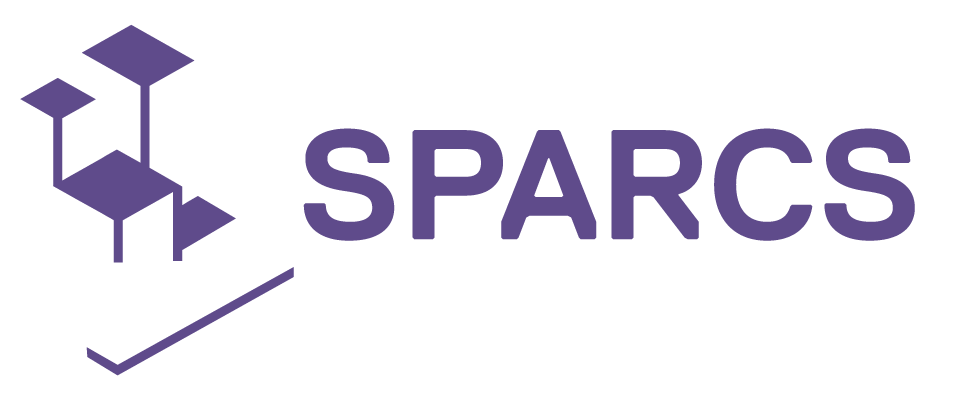Crowd Wise is a participation method for taking shared decisions. It produces outcomes which the participants are more likely to support or be able to live with. Crowd Wise is a tested and flexible format which can be used for a wide range of issues and decisions. It can work as a single event, or over a period of time; it can work for 15 people or 1500; it can be used to set priorities, allocate budgets or respond to a consultation. Crowd Wise's aims include helping people find common ground, avoiding polarization as well as leading to decisions that work for everyone.
How is Crowd Wise used to make decisions?
There are several elements to making good decisions. Crowd Wise provides different ways to tackle each one.
- A range of options is developed.
- Consensus emerges through a combination of discussion and voting:
- Discussion leads to options being adapted to widen their appeal, and sometimes to mergers between options.
- Crowd Wise uses a form of voting called ‘consensus voting’. All participants are invited to rank the options in order of preference. The higher the preference, the greater the number of points.
- The votes are counted. The higher the number of points earned by the top option, the greater the degree of consensus.
Lots of people can take part, both in developing and discussing the options and in voting. Crowd Wise is relatively quick: it can sometimes be done in just two to three hours.
How Crowd Wise produces better, more acceptable decisions?
- There is a range of options. This is important because decisions are rarely a matter of black and white.
- The options reflect the views of the participants. The options are either developed by the participants, or, if they were prepared before the discussion, they are adapted to reflect the values and interests of the participants.
- The option that is chosen also reflects the views of the participants. This is because:
- The voting reflects people’s preferences on all the options. This contrasts with majority voting where people vote only for one option.
- The chosen option is often a composite of some or all of the original options.
- The voting shows how much consensus there is. If there is not enough, that is a sign to continue the process.
- People find common ground with each other. This means that people are not polarized. No-one votes against any option: they vote for all the options, to different degrees. In addition, people have an incentive to engage with the other participants, to understand how they can make their preferred option more appealing to others." (for more info see http://www.communityplanning.net/pub-film/pdf/Crowd_Wise.pdf).

